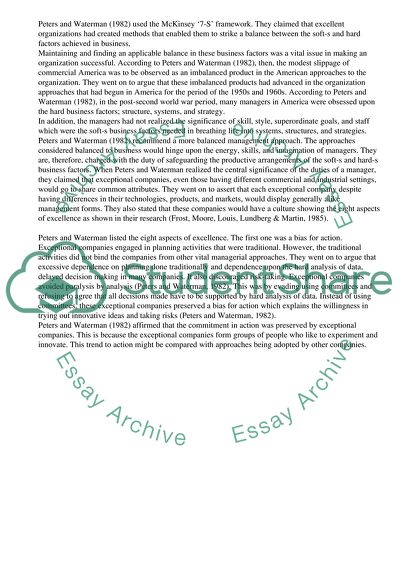Cite this document
(In Search of Excellence by Peters and Waterman Book Report/Review, n.d.)
In Search of Excellence by Peters and Waterman Book Report/Review. Retrieved from https://studentshare.org/management/1462905-in-search-of-excellence
In Search of Excellence by Peters and Waterman Book Report/Review. Retrieved from https://studentshare.org/management/1462905-in-search-of-excellence
(In Search of Excellence by Peters and Waterman Book Report/Review)
In Search of Excellence by Peters and Waterman Book Report/Review. https://studentshare.org/management/1462905-in-search-of-excellence.
In Search of Excellence by Peters and Waterman Book Report/Review. https://studentshare.org/management/1462905-in-search-of-excellence.
“In Search of Excellence by Peters and Waterman Book Report/Review”, n.d. https://studentshare.org/management/1462905-in-search-of-excellence.


